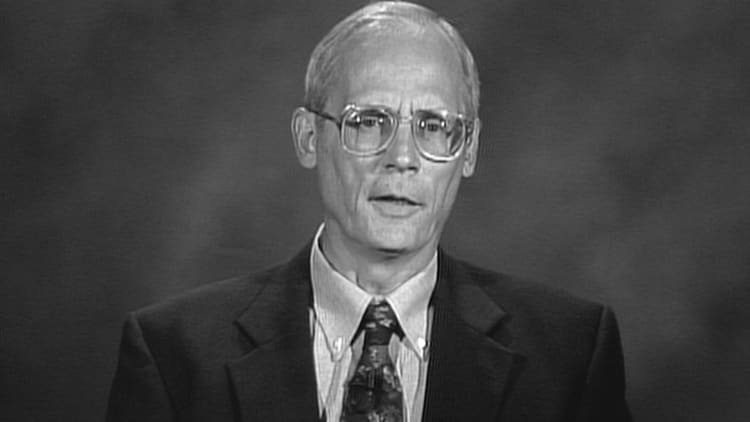If everything feels more expensive than it did 10 years ago, it's because everything really is more expensive than it was then. And not simply because of inflation.
It costs more than ever to buy a home. In 1940, the median home value in the U.S. was $2,938. In 1980, it was $47,200, and by 2000, it had risen to $119,600. Even adjusted for inflation, the median home price in 1940 would only have been $30,600 in 2000 dollars.
That's partly why the typical homebuyer is now 44, whereas in 1981, the typical homebuyer was 25-34.
And it's not much easier to rent. As of June 2016, the annual rise in rental prices was nearly four times the overall inflation rate.

Education is more expensive, too. In 1971, tuition at Harvard University cost students $2,600 annually. For the 2016-2017 school year, students had to fork over $43,280 for tuition, and more than $60,000 total including room, board and fees. That makes the cost today almost 17 times as much as in 1971 — a markup of more than 1,550 percent.
The rising cost of higher education has led Americans to owe a collective $1.4 trillion in student loan debt. In 2012, 71 percent of graduates from four-year colleges carried debt, with students at public schools owing an average of $25,550 and those with degrees from private colleges owing an average of $32,300, Student Loan Hero reports.
And as the U.S. continues to recover from the Great Recession, the cost of consumer goods has steadily crept back up, as shown by price jumps in things like apparel and gasoline.
While some prices have risen more drastically than others — and some have even decreased — one thing is clear: The cost of everyday life in 2017 is drastically higher than it was in the 1970s or 1980s.

As Helaine Olen wrote in her book "Pound Foolish," families in the 2000s put 75 percent of their discretionary income toward housing, health care and education, as compared to the 50 percent families used to put toward those big-ticket items in 1973.
Of course, wages have risen as well: For example, the Federal minimum wage in 1945 was $0.40 per hour. In 1980, it was $3.10. And in 2009, it rose to $7.25, though several states have since mandated higher minimums. But these increases haven't been enough. These days, in no state does working 40 hours a week for minimum wage enable a person to rent a median two-bedroom apartment, let alone begin to build wealth for the future.
Don't miss:
The most expensive ZIP code in every state
Here's how much the average American family has saved for college




